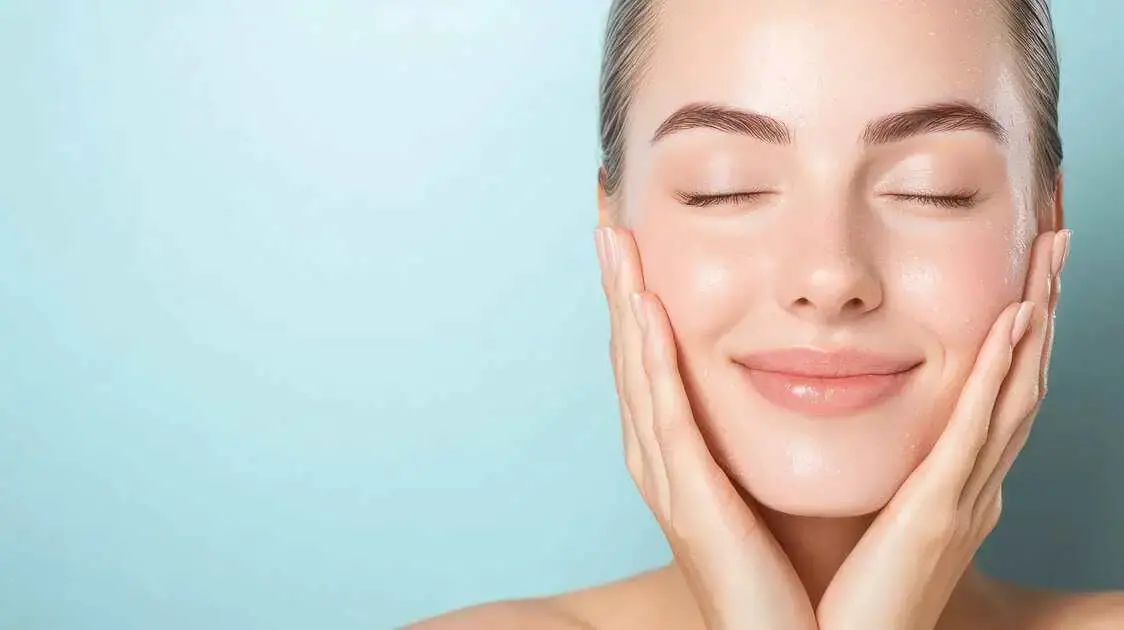Mastering the Art of Clay Masks for Radiant, Refreshed Skin
In the realm of skincare, clay masks have established themselves as a go-to product endorsed by beauticians around the globe. These remarkable skincare essentials have been held in high regard for generations, proving their worth as more than just a passing trend. For those in the beautification business, its important to fully grasp how to use clay masks effectively to enhance your clients skincare experiences.
Clay masks deliver a plethora of benefits, such as detoxifying the skin, soaking up excess oil, and providing a thorough cleanse. However, the effectiveness of a clay mask is heavily reliant on its application. This comprehensive guide will explore the nuances and strategies of clay mask application, guaranteeing that your clients emerge with luminous, healthy skin.

Diving into the Different Types of Clay Masks
Before delving into the methods of how to use clay masks, its essential to familiarize yourself with the various types available:
Kaolin Clay
This gentle clay is ideal for those with sensitive skin. It cleanses gently without stripping away the skin's natural oils.
Bentonite Clay
Renowned for its detoxifying abilities, bentonite clay is perfect for oily and acne-prone skin, as it draws out impurities and tightens pores.
French Green Clay
This type of clay excels at exfoliating dead skin cells while stimulating blood circulation, offering the skin a refreshing lift.
A Step-by-Step Guide on How to Use Clay Masks
Step 1: Prepare the Skin
Begin with a completely clean slate. Ensure the skin is thoroughly cleansed and devoid of makeup and impurities. For the best results, encourage your clients to adhere to a basic skincare routine before applying a clay mask.
Step 2: Application Techniques
Utilizing a brush or clean fingertips, evenly apply a layer of the clay mask over the face, steering clear of the eye and lip areas. This is a great time for your clients to relax and unwind.
Step 3: Timing is Key
This phase is vital. Allow the mask to sit for approximately 10-15 minutes. Be cautious; leaving the mask on too long may lead to excess dryness.
Step 4: Rinse and Reveal
Gently wash off the mask with lukewarm water and follow up with a soothing toner and moisturizer to seal in hydration.
Avoid These Common Mistakes
Even experienced beauticians occasionally make missteps. Keep an eye out for these common errors:
Overuse
While beneficial, frequent use of clay masks can strip the skin of essential oils. Its advisable to recommend their use once or twice a week.
Neglecting Skin Type
Not every clay mask is suitable for every skin type. Ensure recommendations are tailored to your clients' specific skincare needs.
Enhancing the Clay Mask Experience
To further elevate the clay mask experience, consider integrating additional treatments, such as facial massages or aromatherapy. Not only will this bolster the mask's effects, but it will also provide an indulgent experience for your clients.
Wrapping Up: Mastering Clay Masks
Understanding how to use clay masks proficiently can significantly enhance your clients skincare regimens. Armed with the right techniques and knowledge of various clay types, you can provide a rejuvenating treatment that leaves skin looking fresh and radiant.
Frequently Asked Questions
How often should clay masks be applied?
Typically, its suggested to use clay masks once or twice weekly, depending on individual skin type.
Are clay masks safe for sensitive skin?
Yes, gentle clays such as kaolin are suitable, but a patch test is always recommended.
What should follow the application of a clay mask?
After rinsing the clay mask, apply a toner followed by a moisturizer to restore hydration.
For additional aftercare suggestions, refer to this layering guide.

Additional Resources
To learn more about skincare routines that can complement clay masks, check out winter skincare and explore methods for treating keratosis pilaris effectively.
Dont forget to examine aloe vera's benefits for skin, and discover how a baking soda scrub can help with those stubborn bumps. Also, check out the best face masks for acne that might suit your clients as well.
This article contains affiliate links. We may earn a commission at no extra cost to you.

